
Simmering: Vienna's Hidden Gem of Tradition and Modernity
Discover Simmering in Vienna: A unique blend of history, culture, and modernity, offering an authentic Viennese experience away from the usual tourist spots.
Simmering, the 11th district of Vienna, is a fascinating blend of history, culture, and modern living. This vibrant neighbourhood is nestled in the southeastern part of the city and offers tourists an authentic Viennese experience away from the usual tourist spots. Stroll through its picturesque streets and you’ll find a mix of old-world charm and contemporary amenities. One of the highlights of Simmering is the Zentralfriedhof, one of the largest cemeteries in Europe. It is not just a resting place but a historical journey through the lives of famous personalities like Beethoven, Schubert, and Strauss. The cemetery is also home to the stunning Art Nouveau church, Dr. Karl Lueger-Gedächtniskirche. Simmering has a strong industrial heritage, evident in the Gasometer buildings. These four massive gas tanks have been transformed into a unique urban complex featuring apartments, offices, and entertainment venues. The Gasometer showcases how Vienna beautifully merges its past with the present. For those interested in local culture, the Simmeringer Haide and the many Heurigen (wine taverns) offer a taste of traditional Viennese life. Enjoy a glass of local wine and some hearty Austrian cuisine while soaking in the friendly atmosphere. The neighbourhood also boasts beautiful parks like the Herderpark, perfect for a leisurely afternoon. Simmering is well-connected by public transport, making it easy to explore. Whether you're here for a day or planning a longer stay, Simmering promises a memorable experience with its unique blend of history, culture, and modern attractions.
Local tips in Simmering
- Visit Zentralfriedhof for a historical journey through Vienna's past and to see the graves of famous composers.
- Explore the Gasometer buildings for a glimpse of Vienna's industrial heritage transformed into a modern urban complex.
- Enjoy a local wine and traditional Austrian cuisine at a Heurigen in Simmeringer Haide.
- Spend a relaxing afternoon at Herderpark, one of the beautiful parks in Simmering.
- Use Vienna's efficient public transport to easily access Simmering and explore its attractions.
Simmering: Vienna's Hidden Gem of Tradition and Modernity
Simmering, the 11th district of Vienna, is a fascinating blend of history, culture, and modern living. This vibrant neighbourhood is nestled in the southeastern part of the city and offers tourists an authentic Viennese experience away from the usual tourist spots. Stroll through its picturesque streets and you’ll find a mix of old-world charm and contemporary amenities. One of the highlights of Simmering is the Zentralfriedhof, one of the largest cemeteries in Europe. It is not just a resting place but a historical journey through the lives of famous personalities like Beethoven, Schubert, and Strauss. The cemetery is also home to the stunning Art Nouveau church, Dr. Karl Lueger-Gedächtniskirche. Simmering has a strong industrial heritage, evident in the Gasometer buildings. These four massive gas tanks have been transformed into a unique urban complex featuring apartments, offices, and entertainment venues. The Gasometer showcases how Vienna beautifully merges its past with the present. For those interested in local culture, the Simmeringer Haide and the many Heurigen (wine taverns) offer a taste of traditional Viennese life. Enjoy a glass of local wine and some hearty Austrian cuisine while soaking in the friendly atmosphere. The neighbourhood also boasts beautiful parks like the Herderpark, perfect for a leisurely afternoon. Simmering is well-connected by public transport, making it easy to explore. Whether you're here for a day or planning a longer stay, Simmering promises a memorable experience with its unique blend of history, culture, and modern attractions.
Iconic landmarks you can’t miss
Beethoven’s Grave
Visit Beethoven's Grave in Vienna and immerse yourself in the history of classical music at this serene and iconic tribute.
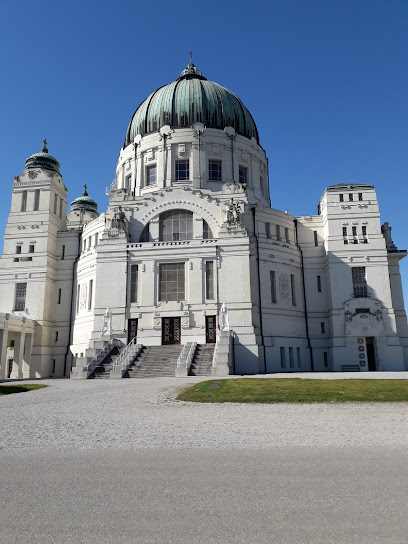
Simmeringer Haide
Experience the tranquil beauty of Simmeringer Haide, a scenic spot in Vienna, where nature meets stunning views and local culture.
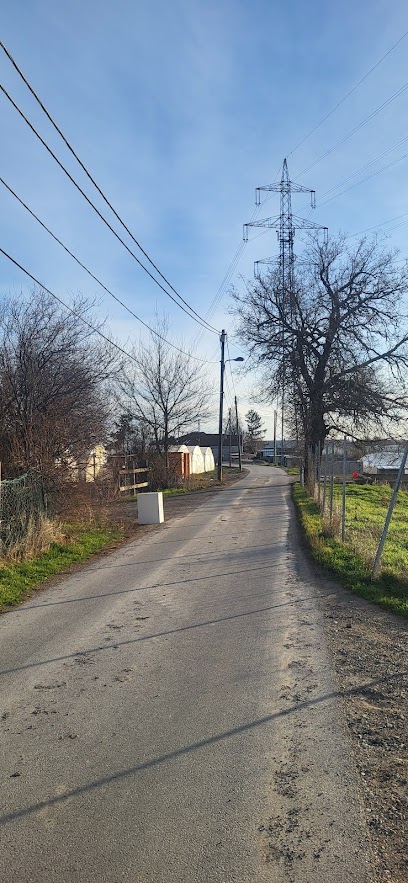
Feuerhalle Simmering
Explore the serene beauty and historical significance of Feuerhalle Simmering, a tranquil cemetery in Vienna, perfect for reflection and cultural appreciation.
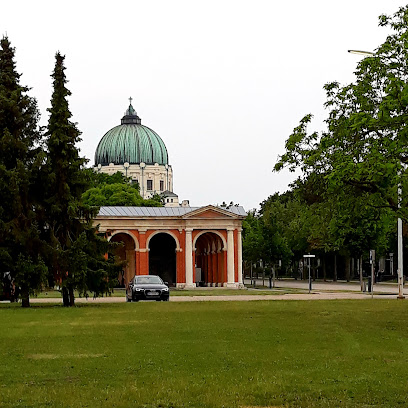
Simmering District Museum
Explore the Simmering District Museum: A captivating journey through Vienna's local history and culture with engaging exhibits and interactive displays.
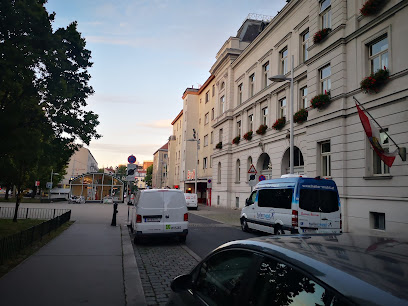
Türkendenkmal
Explore the Türkendenkmal in Simmering, Vienna - a poignant war memorial symbolizing friendship and remembrance in a tranquil setting.
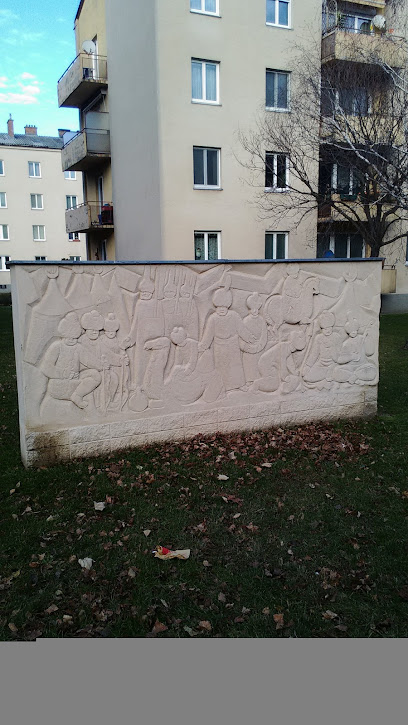
Wasserturm Erdberg
Explore Wasserturm Erdberg, a historical landmark in Vienna's Simmering district, showcasing stunning architecture and a peaceful park setting.
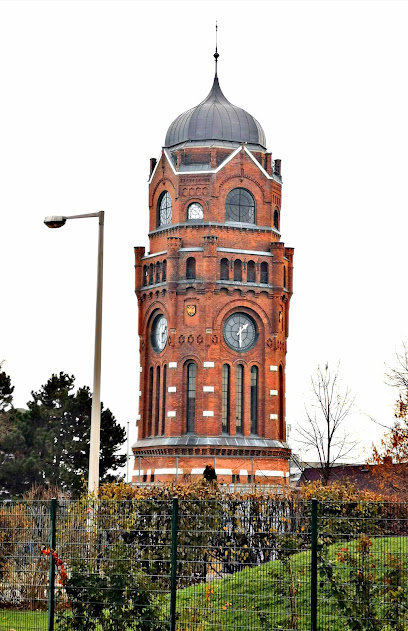
Simmering Temple
Explore the Simmering Temple in Vienna - a remarkable museum showcasing the city’s rich Jewish heritage and architectural beauty.
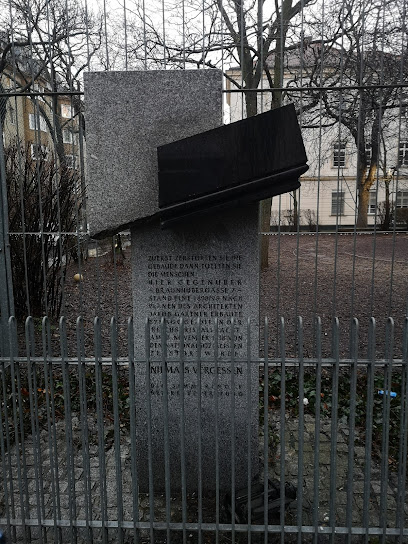
Kriegerdenkmal 1. Weltkrieg
Explore the Kriegerdenkmal 1. Weltkrieg, a poignant war memorial in Vienna's Simmering district, honoring the sacrifices of World War I soldiers.
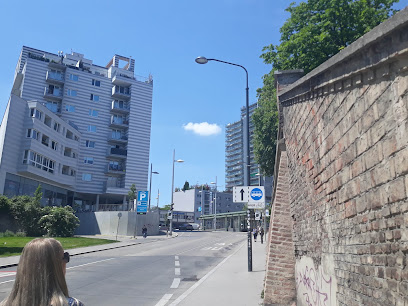
Mountain Of Fire & Miracles Ministries Vienna
Discover the vibrant spiritual community at Mountain Of Fire & Miracles Ministries in Vienna, a place where faith and culture intertwine beautifully.
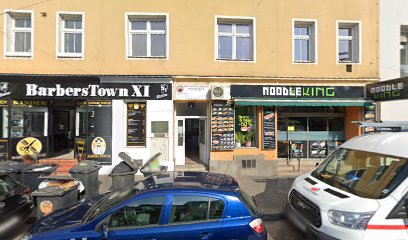
Мемориальный камень
Explore the Memorial Stone in Vienna, a historical landmark that tells the stories of the past and enriches your travel experience.
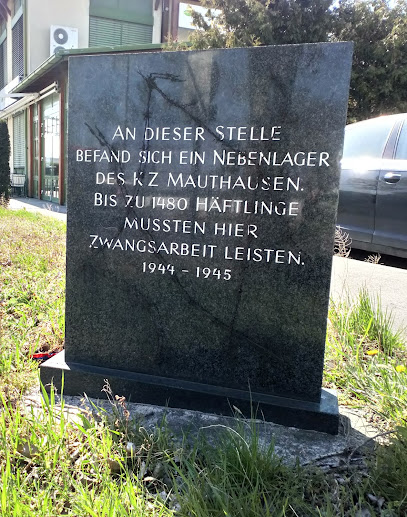
Unmissable attractions to see
Prater
Experience the charm of Prater, Vienna's historic amusement park, where adventure and relaxation blend in a lush, vibrant environment.
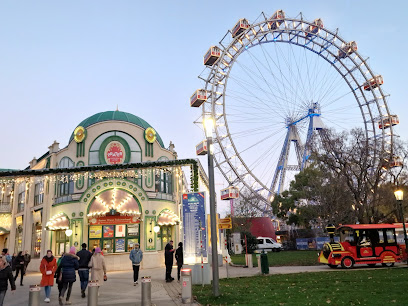
Belvedere-Schlossgarten
Discover the enchanting beauty of Belvedere-Schlossgarten, a tranquil oasis in Vienna filled with stunning landscapes and rich cultural heritage.
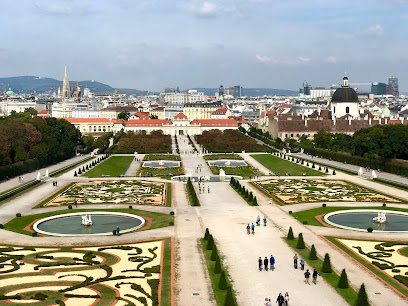
Gasometers of Vienna
Explore the Gasometers of Vienna, a stunning blend of historical landmarks and modern attractions for an unforgettable cultural experience.
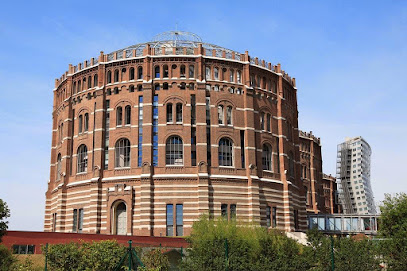
Museum of Military History
Dive into Austria's military past at the Museum of Military History in Vienna, featuring engaging exhibits and rich historical narratives.
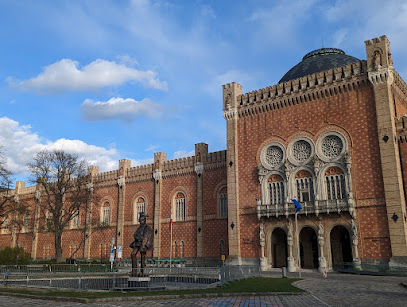
Hochstrahlbrunnen
Discover the stunning Hochstrahlbrunnen in Vienna, a historic fountain that beautifully blends artistry and engineering in the heart of the city.
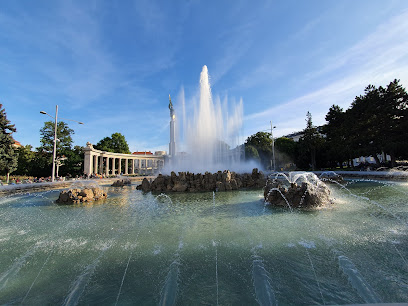
Swiss Garden
Experience the beauty and tranquility of Swiss Garden, a serene park in Vienna perfect for relaxation and recreation amid nature's splendor.
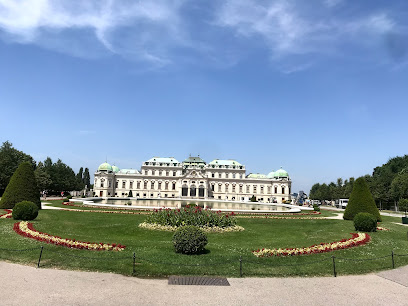
Beethoven’s Grave
Discover the serene resting place of Beethoven in Vienna's Central Cemetery, a tribute to the legacy of classical music's greatest composer.
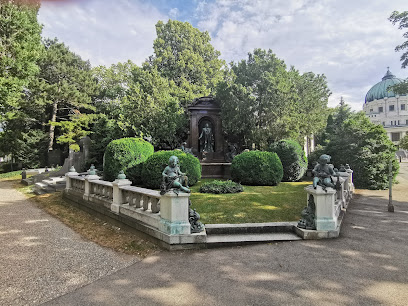
Herderpark
Discover Herderpark in Vienna: A tranquil green escape filled with beauty, recreation, and relaxation amidst the city's vibrant atmosphere.

Funeral Museum Vienna
Discover the rich cultural heritage and fascinating customs of death and mourning at the unique Funeral Museum in Vienna.
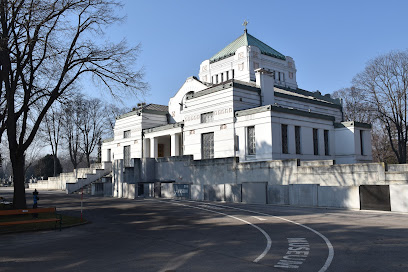
Johann Strauss Ehrengrab
Discover the serene Johann Strauss Ehrengrab, a tribute to Vienna's beloved composer, surrounded by tranquil gardens and rich musical history.
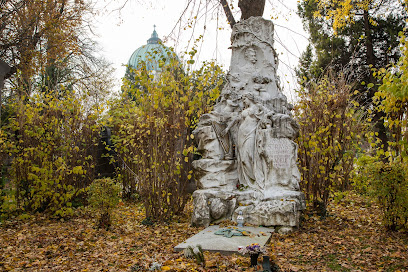
Maramureș-Tor
Explore the captivating Maramureș-Tor, a must-visit tourist attraction in Vienna, rich in history, culture, and stunning architecture.

Simmering District Museum
Explore Simmering District Museum: A hidden gem in Vienna showcasing the rich history and vibrant culture of the Simmering district through captivating exhibits.
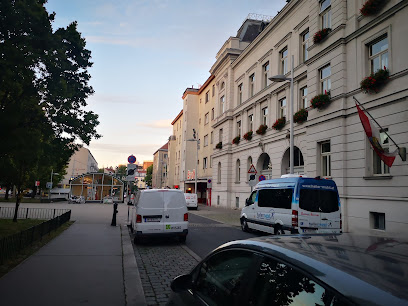
Butterteich
Experience the serene beauty of Butterteich in Vienna, a tranquil pond surrounded by lush greenery, perfect for relaxation and leisurely strolls.

Wasserturm Erdberg
Discover the historic Wasserturm Erdberg in Vienna, an architectural marvel and a serene park for relaxation and exploration.
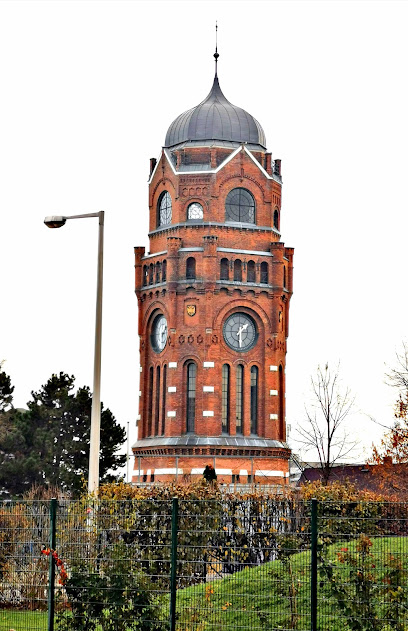
Grave Of Carl Czerny
Explore the serene Grave of Carl Czerny in Vienna, a must-visit for music lovers and history enthusiasts exploring Austria's rich cultural heritage.
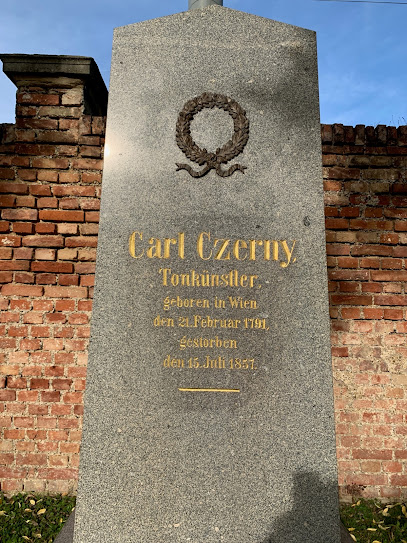
Essential places to dine
Watertuin World Kitchen
Experience Vienna's culinary diversity at Watertuin World Kitchen—where every meal is an adventure in taste!

Gaststätte Pistauer
Experience authentic Austrian cuisine in Vienna's Simmering district at Gaststätte Pistauer, where flavor meets tradition in every dish.
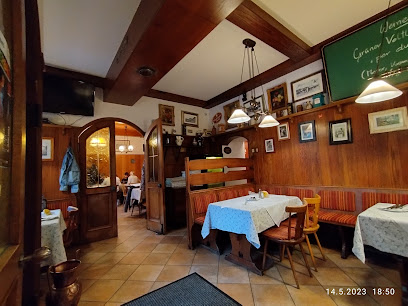
Concordia Schlössl
Experience authentic Austrian cuisine at Concordia Schlössl in Vienna’s Simmering district – where tradition meets modern culinary art.
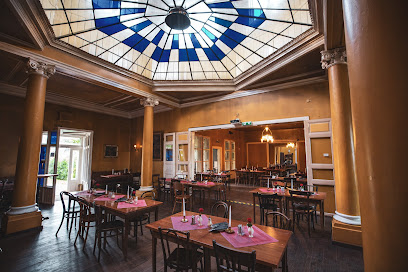
Stern Gasthaus Christian Werner
Experience authentic Austrian cuisine at Stern Gasthaus Christian Werner in Vienna - where tradition meets flavor in every dish.
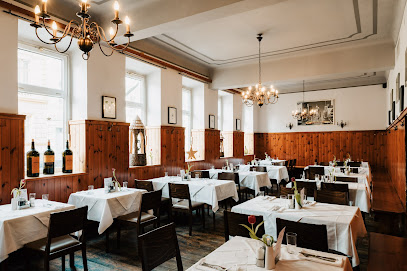
Hops and malt
Discover authentic Austrian flavors at Hops and Malt in Vienna's Simmering district; where tradition meets taste in every delightful dish.
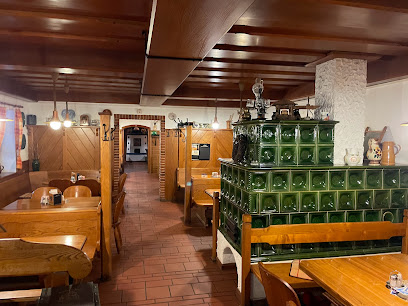
Cafe Restaurant Pan
Experience the essence of Vienna at Café Restaurant Pan with its exquisite Austrian dishes and charming beer garden ambiance.
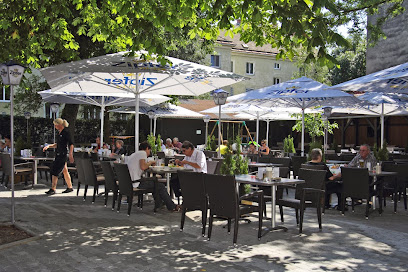
Harry's Augustin Heurigen-Restaurant
Experience authentic Austrian flavors at Harry's Augustin Heurigen-Restaurant in Vienna, where tradition meets modern dining.
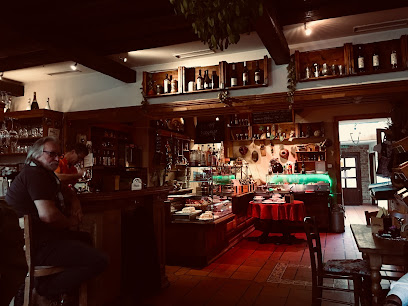
The Golden Harp - Irish Pub Simmering
Discover The Golden Harp in Simmering: An authentic Irish pub experience with hearty food and lively atmosphere.
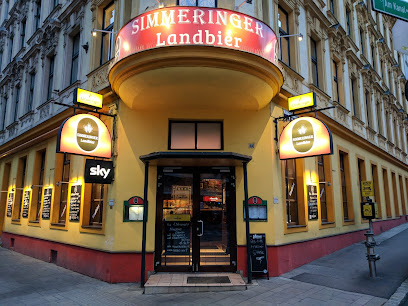
Restaurant Zentral
Experience authentic Austrian cuisine at Restaurant Zentral in Vienna - where tradition meets modernity in every delicious bite.
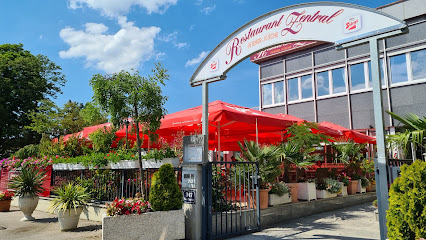
Schmankerl-Bräu
Discover authentic Austrian flavors at Schmankerl-Bräu - where tradition meets taste in Vienna.
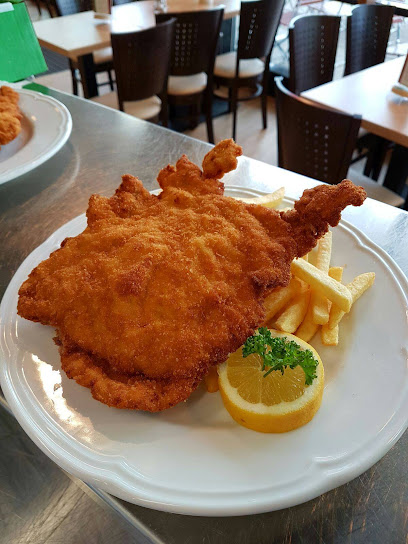
Samran Thai Restaurant
Discover authentic Thai cuisine at Samran Thai Restaurant in Vienna—an unforgettable culinary journey awaits.
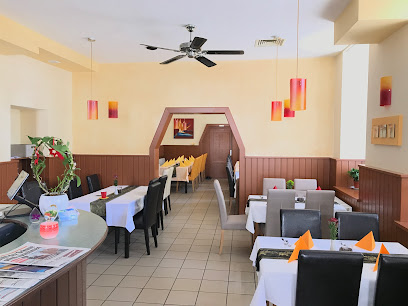
Schmid Gastwirtschaft
Experience authentic Austrian cuisine at Schmid Gastwirtschaft in Vienna's Simmering district, where tradition meets taste.
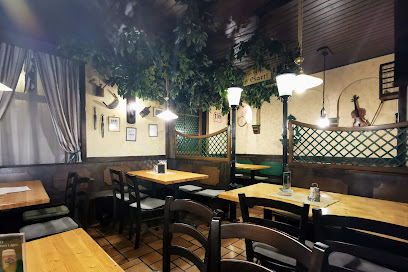
Fabigan Wein-Schenke
Savor traditional Austrian cuisine paired with exquisite wines at Fabigan Wein-Schenke in Vienna's Simmering district.
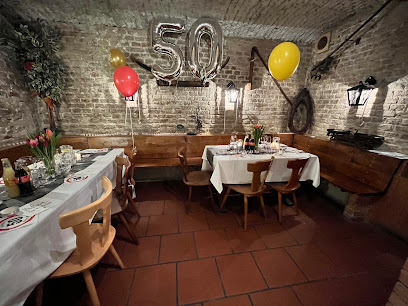
Restaurant Frajla
Discover authentic Austrian cuisine at Restaurant Frajla in Vienna - where flavor meets tradition in every dish.
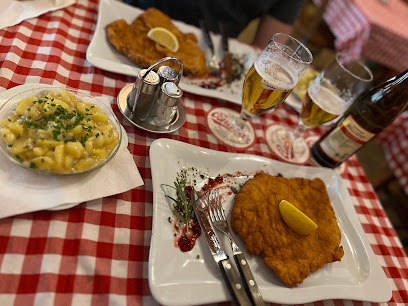
Sini Restaurant
Experience authentic Austrian cuisine at Sini Restaurant in Vienna - where tradition meets modern culinary artistry.
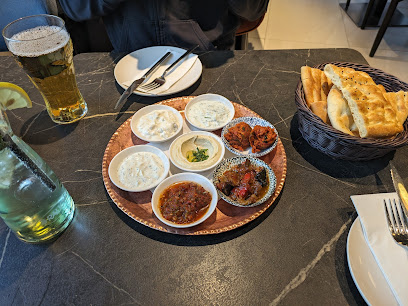
Markets, malls and hidden boutiques
Centre Simmering
Experience the best of shopping and dining at Centre Simmering, Vienna's premier shopping destination, where fashion meets delicious cuisine.
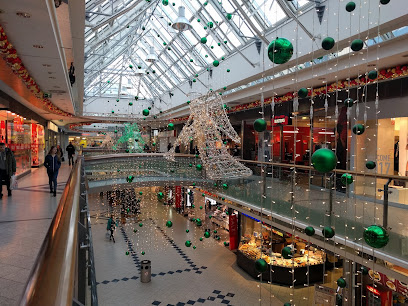
STOP SHOP
Experience Vienna's diverse shopping scene at STOP SHOP, where modern retail meets local charm in a vibrant setting.
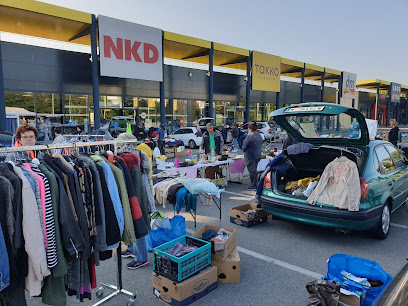
Merchversum
Explore Merchversum, Vienna's ultimate gift shop for collectibles, comics, and gaming treasures that make perfect souvenirs for every traveler.
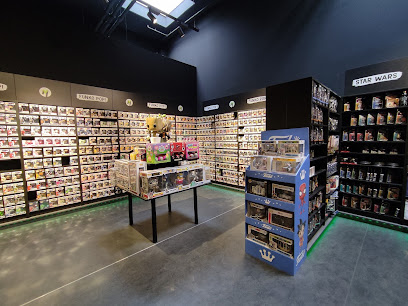
Müller
Discover Müller in Vienna: A versatile drug store offering everything from health essentials to unique gifts and local souvenirs.
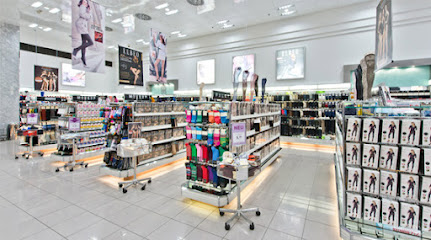
New Yorker
Explore New Yorker in Vienna for trendy fashion at affordable prices, catering to men, women, and youth with stylish clothing and accessories.
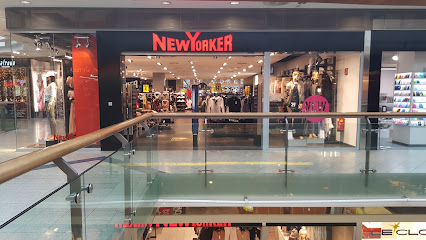
Jones Outlet
Explore the latest women's fashion trends at Jones Outlet in Vienna, where style meets affordability and elegance.
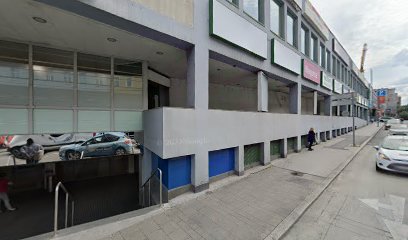
Home Store
Discover the charm of Vienna at the Home Store, your go-to destination for exquisite wedding souvenirs and unique home goods.
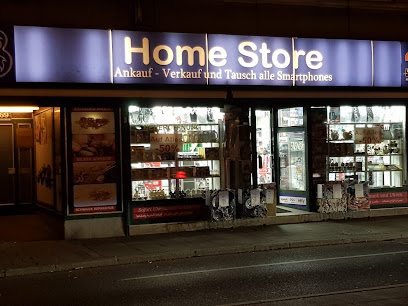
Atölye Craft&Print
Explore Atölye Craft&Print, Vienna's unique gift shop offering handcrafted creations and artistic designs that capture the spirit of the city.
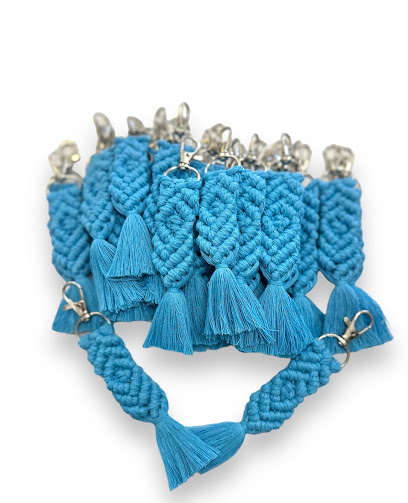
1000 Geschenke
Explore 1000 Geschenke in Vienna for unique gifts and local crafts that embody the city's artistic spirit and vibrant culture.
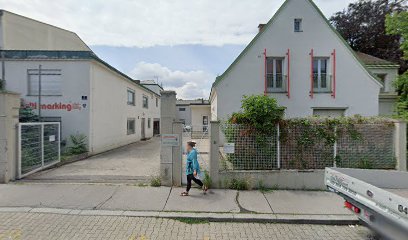
Cute Paradise e.U.
Explore Cute Paradise, a charming gift shop in Vienna, where unique souvenirs and local treasures await every traveler.
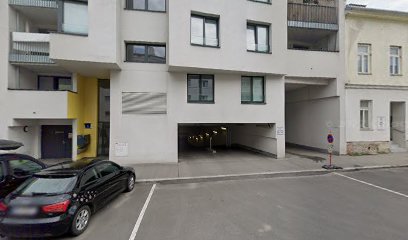
Essential bars & hidden hideouts
Café Frog
Discover Café Frog, a delightful cocktail bar in Vienna's Simmering district, offering creative drinks and a cozy atmosphere for an unforgettable night out.
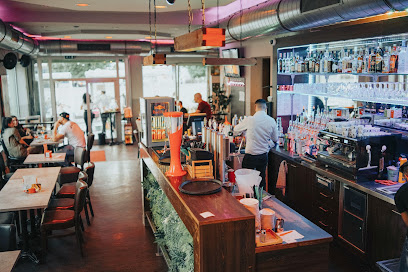
The Golden Harp - Irish Pub Simmering
Experience authentic Irish culture at The Golden Harp, a lively pub in Simmering, Vienna, with hearty meals and a great selection of drinks.
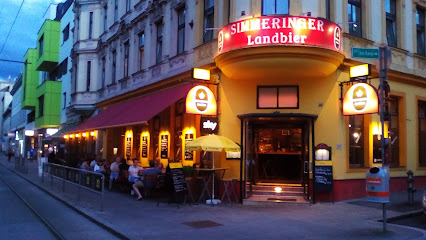
C&C Deluxe Cocktailbar
Experience Vienna's nightlife at C&C Deluxe Cocktailbar, where exquisite cocktails, delicious breakfast, and a vibrant atmosphere come together.
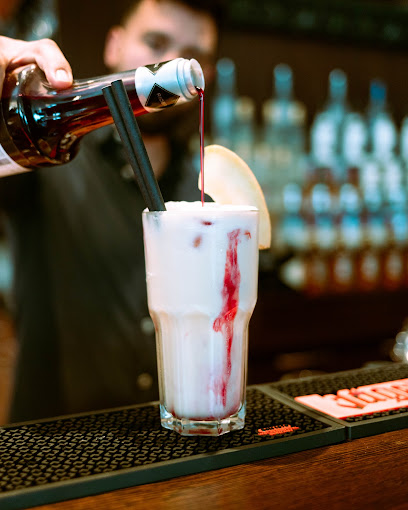
Simmeringer Biergartl
Discover the vibrant atmosphere and traditional flavors of Vienna at Simmeringer Biergartl, a must-visit pub for every traveler.
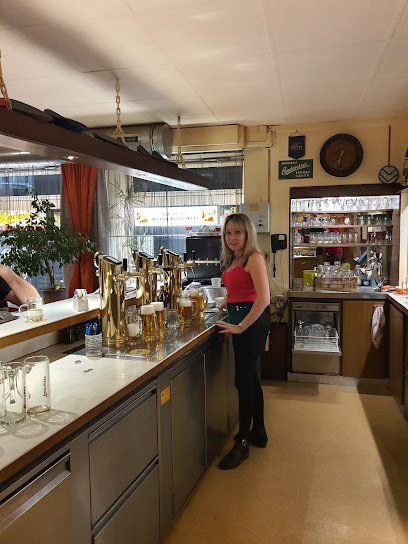
Gimlet Cafe&Cocktailroom
Experience Vienna's vibrant nightlife at Gimlet Cafe & Cocktailroom, where innovative cocktails meet a chic atmosphere.
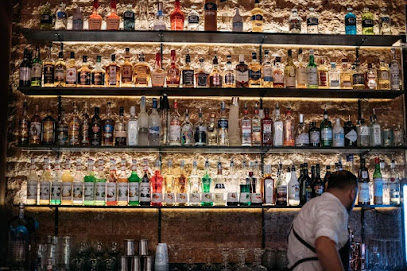
Bar
Experience the heart of Vienna's nightlife at this charming bar in Simmering, where locals and tourists gather for great drinks and warm hospitality.
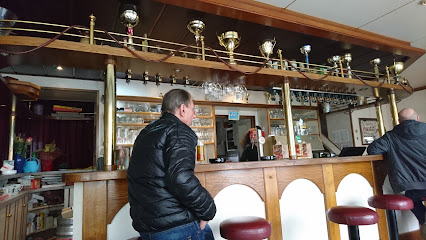
Andrea's Berger Stüberl
Discover the authentic taste of Austria at Andrea's Berger Stüberl, a cozy pub in Vienna's Simmering district, perfect for food and beer lovers.
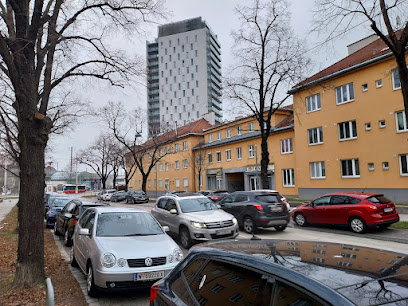
Gösserstüberl
Discover Gösserstüberl, a cozy bar in Vienna offering a delightful selection of local beers and a welcoming atmosphere perfect for relaxation.
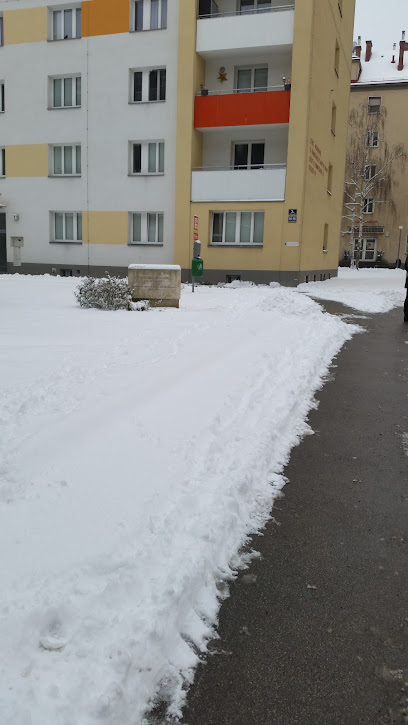
Zur Press
Discover Zur Press, a cozy bar in Simmering, Vienna, offering a unique blend of local drinks and a vibrant atmosphere for an unforgettable night.

Access De Bars
Explore Vienna's vibrant nightlife at Access De Bars, a cozy bar in Simmering offering a wide selection of drinks and a friendly atmosphere.
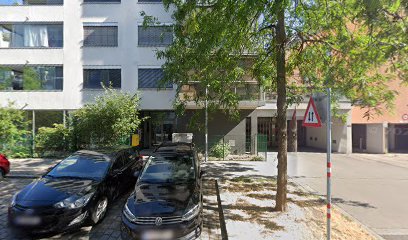
Local Phrases
-
- HelloServus
[ser-voos] - GoodbyeAuf Wiedersehen
[owf vee-der-zayn] - YesJa
[yah] - NoNein
[nine] - Please/You're welcomeBitte
[bit-teh] - Thank youDanke
[dahn-keh] - Excuse me/SorryEntschuldigung
[ent-shool-dee-goong] - How are you?Wie geht's?
[vee gayts] - Fine. And you?Gut. Und dir?
[goot oont deer] - Do you speak English?Sprichst du Englisch?
[shprikhst doo eng-lish] - I don't understandIch verstehe nicht
[ikh fer-shteh-eh nikht]
- HelloServus
-
- I'd like to see the menu, pleaseIch möchte bitte die Speisekarte sehen
[ikh merkh-tuh bit-teh dee shpigh-zuh-kahr-teh zay-en] - I don't eat meatIch esse kein Fleisch
[ikh ess-eh kine fly-sh] - Cheers!Prost!
[prohst] - I would like to pay, pleaseIch möchte bitte zahlen
[ikh merkh-tuh bit-teh tsah-len]
- I'd like to see the menu, pleaseIch möchte bitte die Speisekarte sehen
-
- Help!Hilfe!
[hil-feh] - Go away!Geh weg!
[geh vehk] - Call the Police!Ruf die Polizei!
[roof dee poh-lee-tsai] - Call a doctor!Ruf einen Arzt!
[roof i-nen ahrts] - I'm lostIch habe mich verirrt
[ikh hah-beh mikh feh-rihrt] - I'm illIch bin krank
[ikh bin krahngk]
- Help!Hilfe!
-
- I'd like to buy...Ich möchte kaufen...
[ikh merkh-tuh kou-fen] - I'm just lookingIch schaue nur
[ikh shou-eh noor] - How much is it?Wie viel kostet das?
[vee feel kohs-tet dahs] - That's too expensiveDas ist zu teuer
[dahs ist tsoo toy-er] - Can you lower the price?Kannst du den Preis senken?
[kahnst doo den prees zehn-ken]
- I'd like to buy...Ich möchte kaufen...
-
- What time is it?Wie spät ist es?
[vee shpeht ist es] - It's one o'clockEs ist ein Uhr
[es ist iyn oor] - Half past (10)Halb (10) Uhr
[halb oor] - MorningMorgen
[mohr-gen] - AfternoonNachmittag
[nahkh-mit-tahk] - EveningAbend
[ah-bent] - YesterdayGestern
[gehs-tern] - TodayHeute
[hoy-teh] - TomorrowMorgen
[mohr-gen] - 1Eins
[ynes] - 2Zwei
[tsvay] - 3Drei
[dry] - 4Vier
[feer] - 5Fünf
[fuhnf] - 6Sechs
[zeks] - 7Sieben
[zee-ben] - 8Acht
[ahkht] - 9Neun
[noyn] - 10Zehn
[tsayn]
- What time is it?Wie spät ist es?
-
- Where's a/the...?Wo ist ein/der...?
[voh ist iyn/dehr] - What's the address?Was ist die Adresse?
[vahs ist dee ah-dreh-suh] - Can you show me (on the map)?Kannst du mir zeigen (auf der Karte)?
[kahnst doo meer tsay-gen (ouf dehr kahr-teh)] - When's the next (bus)?Wann kommt der nächste (Bus)?
[vahn kohmt dehr nikh-steh (boos)] - A ticket (to ....)Eine Fahrkarte (nach ....)
[i-nuh fahr-kahr-teh (nahkh)]
- Where's a/the...?Wo ist ein/der...?
History of Simmering
-
Simmering's history dates back to the early settlements in the area, with evidence of habitation from the Roman period. Originally an agricultural community, it was primarily known for its fertile lands and vineyards. The strategic location near the Danube River facilitated trade and interaction with neighboring regions, laying the groundwork for its development.
-
Simmering was incorporated into the city of Vienna in 1892, marking a significant turning point in its history. This integration brought urban development, transforming the once rural area into a vibrant suburb of Vienna. The establishment of the Vienna U-Bahn (subway) in the early 20th century further integrated Simmering into the urban fabric, enhancing accessibility and attracting a diverse population.
-
The late 19th and early 20th centuries witnessed substantial industrial growth in Simmering, particularly with the establishment of various factories and workshops. Notably, the Simmering-Graz-Pauker company, founded in 1850, became a key player in the manufacturing of railway vehicles and contributed to the region's economic development. This industrial boom attracted workers from various parts of Austria and beyond, diversifying the cultural landscape.
-
During World War II, Simmering faced significant challenges, including air raids and destruction of infrastructure. The industrial sector was heavily impacted, but the post-war reconstruction efforts initiated by the Austrian government revitalized the neighborhood. The reconstruction period saw the emergence of new residential complexes, schools, and public facilities, reshaping the community.
-
In recent decades, Simmering has evolved into a cultural melting pot, with a diverse population that includes immigrants from various countries. This diversity is reflected in the local cuisine, cultural festivals, and community events. The influence of different cultures has enriched the social fabric of Simmering, making it a dynamic part of Vienna that celebrates its multicultural identity.
Simmering Essentials
-
Simmering is easily accessible from various parts of Vienna. The U3 subway line connects Simmering to the city center, with frequent trains running from Stephansplatz. Alternatively, tram lines 6 and 71 and bus lines 15A and 68A serve the area. For those arriving by train, the Wien Hauptbahnhof (main train station) is just a short subway ride away.
-
Simmering is well-served by public transport, including the U3 subway, trams, and buses. The area is bike-friendly, with designated bike lanes and rental services available. Walking is also an option, especially in the residential areas, where many sights are within a comfortable distance.
-
Simmering is generally a safe neighborhood, but, like any urban area, it's wise to remain alert. While violent crime is rare, petty theft can occur, particularly in crowded public transport areas. Avoid venturing into poorly lit streets alone at night, especially around the outskirts.
-
In emergencies, dial 112 for police, fire, or medical assistance. For non-urgent issues, the closest hospital is the Klinikum Donaustadt. It is advisable to have travel insurance that covers medical emergencies. Pharmacies are widely available in Simmering for over-the-counter medications.
-
Fashion: Do wear comfortable shoes for walking and dress modestly when visiting religious sites. Don't wear overly revealing clothing in public areas. Religion: Do respect local customs; cover your shoulders when entering churches. Public Transport: Do give up your seat to elderly passengers and don't eat or drink on public transport. Greetings: Do greet with a firm handshake and a smile. Eating & Drinking: Do try local dishes at traditional restaurants, but don’t waste food or leave uneaten food on your plate as it may be considered wasteful.
-
To experience Simmering like a local, visit the local markets, such as the Simmeringer Markt, to sample fresh produce and regional delicacies. Engage with local cafés and try the traditional Wiener Schnitzel or a slice of Sachertorte. Participate in neighborhood festivals if your visit coincides with one, as they showcase local culture and community spirit.
Nearby Cities to Simmering
-
Things To Do in Eisenstadt
-
Things To Do in Bratislava
-
Things To Do in Sopron
-
Things To Do in Trnava
-
Things To Do in Szombathely
-
Things To Do in Gyor
-
Things To Do in Brno
-
Things To Do in Graz
-
Things To Do in Trenčín
-
Things To Do in Zalaegerszeg
-
Things To Do in Linz
-
Things To Do in Tatabanya
-
Things To Do in Veszprem
-
Things To Do in Keszthely
-
Things To Do in České Budějovice








